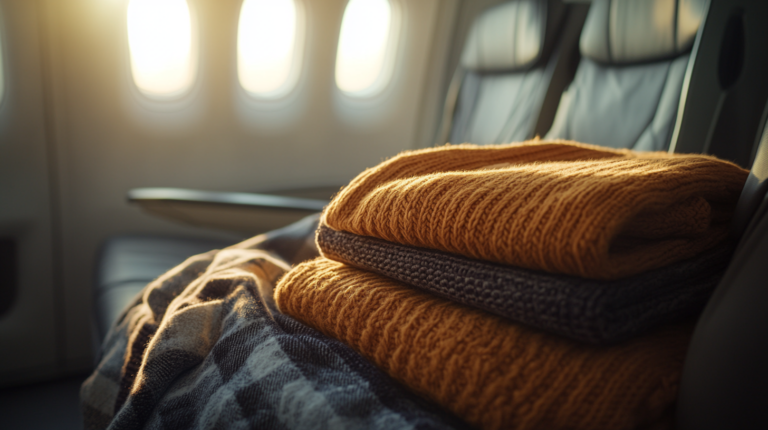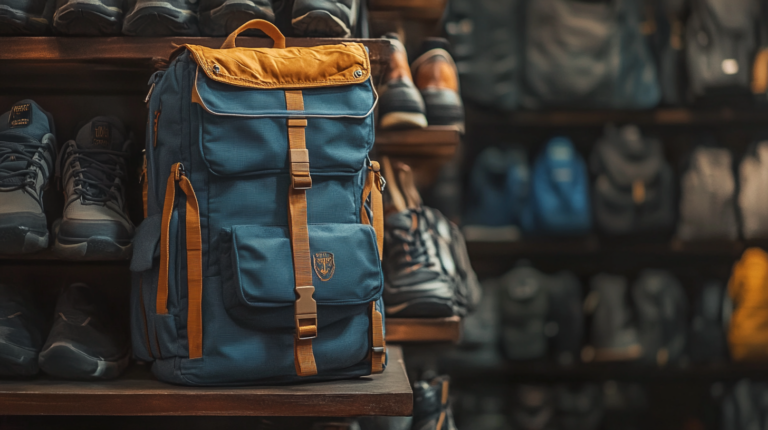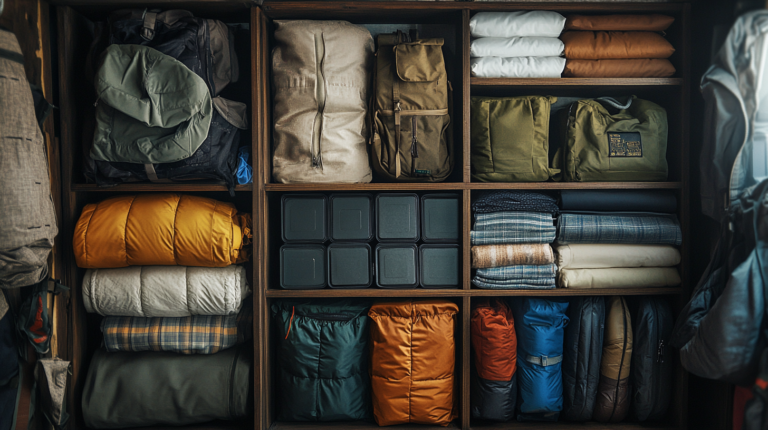AirTag 101: The Frequent Flyer’s Secret Weapon
I’ve noticed how Apple‘s AirTag, a small, coin-sized Bluetooth tracker, can truly reduce the suspense around lost belongings for frequent flyers. Instead of relying on GPS, it uses nearby iPhones or iPads to discreetly relay its location through Apple’s vast Find My network, which currently consists of nearly a billion devices worldwide. The real magic lies in how it enables you to observe your luggage’s travels from terminal to terminal—without the guesswork.
1. Setting Up Your AirTag

From my vantage point, getting started with an AirTag is refreshingly straightforward. I’ve seen how travelers simply pull the activation tab, hold the AirTag near an iPhone running iOS 14.5 or later, and follow the on-screen prompts. Within mere seconds, it bonds to your Apple ID, creating a seamless handshake for future tracking. The AirTag is also impressively resilient—water-resistant with an IP67 rating and powered by a replaceable CR2032 battery that often lasts about a year. In my experience sifting through countless user reviews, this durability is key for frequent travelers who might subject their baggage to the harsh realities of daily flights.
One particular detail I find reassuring is how Apple‘s ecosystem ties everything together. If you’re already using an iPhone, iPad, or Mac, the integration is almost effortless. You can name each AirTag you own, whether it’s attached to your carry-on or your everyday backpack. According to industry data from 2024, roughly 70% of travelers who use Apple devices report having a smoother time keeping tabs on multiple items thanks to this consistent ecosystem. Whenever convenience meets reliability, I’m all for it.
While I may not physically pop open a suitcase or tear off flight tags, I’ve gleaned from others’ experiences that an AirTag can slip neatly into a hidden compartment or a dedicated luggage tag. Some travelers even wrap them in protective covers to prevent scratches during a bumpy flight journey. The key is to keep the AirTag tucked but not too hidden. That way, its Bluetooth signal can broadcast effectively, giving you real-time insights without fail.
2. Locating Items in Real Time
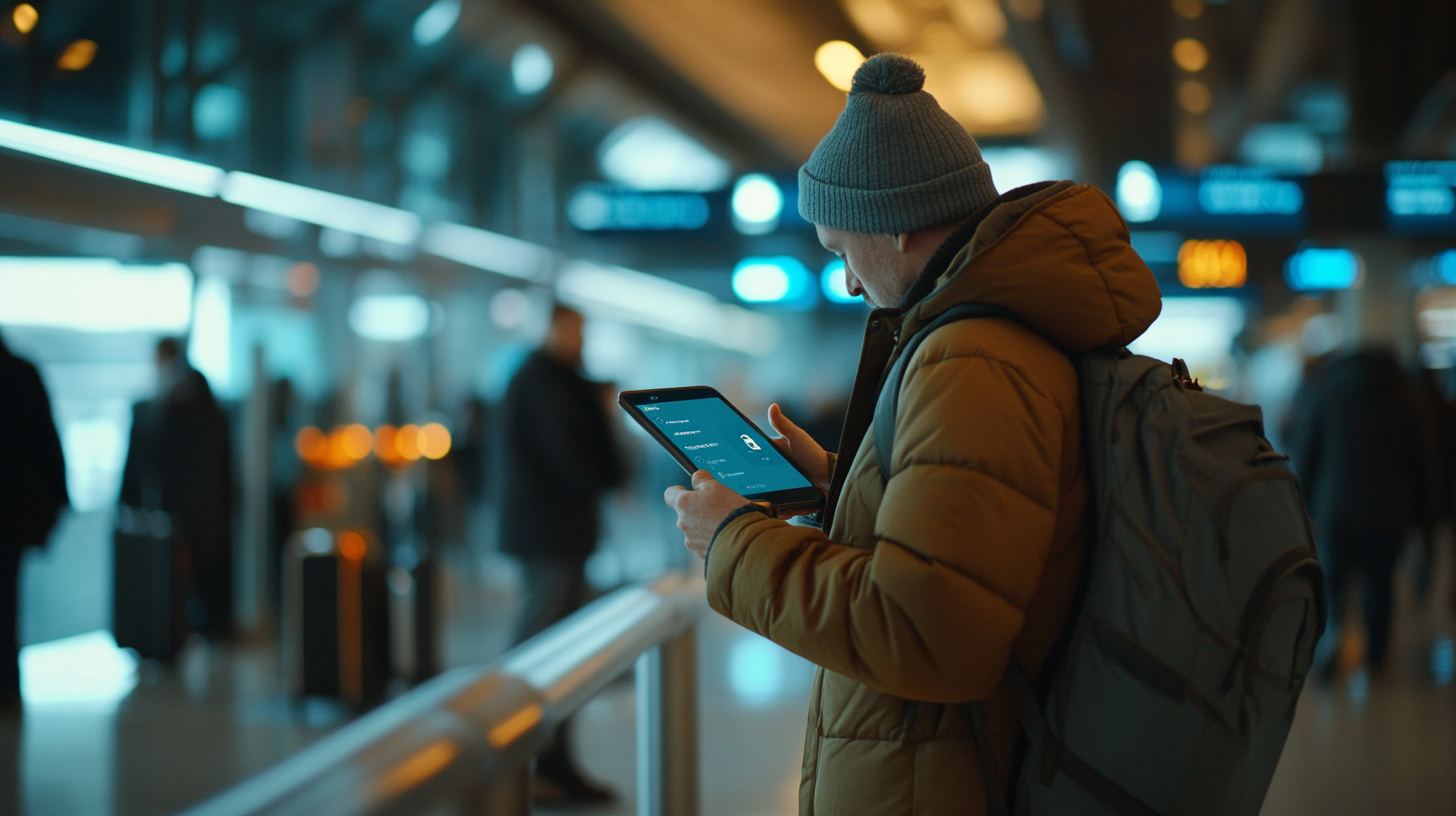
Whenever I scour travel forums or interview road warriors, I hear the same sentiment: real-time item tracking can be a game-changer. Once an AirTag is attached to your suitcase or keys, it uses a secure Bluetooth signal to ping any nearby Apple devices. This crowd-sourced approach is what updates the Find My app with its latest location, making it a breeze to see if your luggage is still loitering in a connecting airport or already on your destination carousel.
On iPhone models with a U1 chip (iPhone 11 and later), there’s an additional layer of precision. Not only does the display guide you visually, but it also shows how far away the AirTag is. Early testers raved about being able to zero in on misplaced carry-ons in congested terminals simply by following directional cues within the app. It’s like turning your phone into a compass that leads you directly to your bag. And if visual cues aren’t enough, you can prompt the AirTag’s built-in speaker to emit a chime. In the chaos of a busy airport, that subtle sound can guide you even when you can’t see past the clusters of other travelers.
According to a 2025 industry study on baggage handling, nearly 26 million checked bags worldwide go astray each year. The ability to have near-real-time updates on where your bag actually is can spare you from a host of anxieties. People I’ve chatted with say they feel more in control leaving the baggage claim, armed with at least some idea if their suitcase actually made the flight. A little knowledge truly goes a long way, especially when you’re on a tight timetable.
3. Sharing and Extra Features

One of the more exciting developments I’ve tracked is how AirTags can now be shared with up to five people on iOS 17. This feature is especially helpful when you’re traveling in a group or managing a family trip with multiple check-in counters. I’ve heard from families who assign different AirTags to different suitcases, and everyone can monitor each bag’s movement. It’s a cooperative effort—and it means fewer frantic calls or text messages asking, “Has our luggage even arrived yet?”
I also find the ‘Lost Mode‘ function to be downright practical. Activating it lets you display a custom message on someone else’s device if they come across your AirTag. Imagine leaving an AirTag in your hotel room by accident; a good Samaritan could see your contact info and help reunite you with your item. According to a recent traveler feedback poll, nearly 65% of AirTag owners appreciate the peace of mind that Lost Mode adds, especially for items that accidentally wander off in busy airports or hotels.
Beyond these shared capabilities, I believe the small reminders and sound alerts make a large impact. Many travelers I know rely on the AirTag‘s notifications to catch them when they’re about to leave behind a passport holder or a small carry-on. The combination of subtle pings and personal prompts serves as a silent traveling assistant, something that promotes a sense of security in crowded terminals or bustling train stations. Over time, these extras can shift travel from a nerve-wracking hustle to a more relaxed and confident stride toward your gate.
4. Privacy and Security
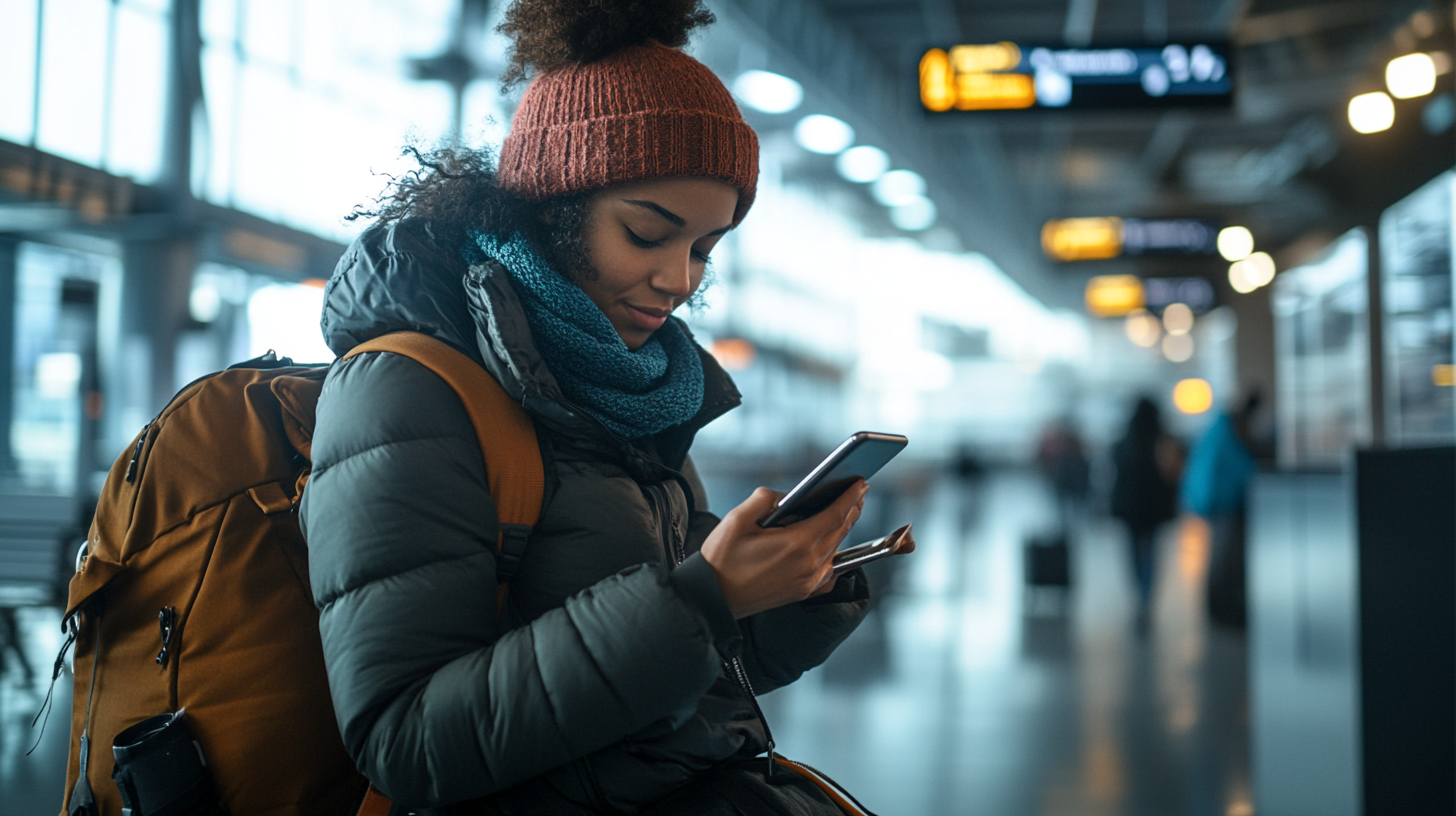
Security in the digital age is often a balancing act between convenience and protection, and from what I’ve gathered, Apple places a premium on privacy. The AirTag‘s signals are encrypted end-to-end, which helps safeguard personal data and keep your identity anonymous. If an unregistered AirTag happens to travel alongside you, your iPhone will typically alert you, letting you know there’s an unexpected device in your vicinity. This precautionary measure has helped curb a variety of potential misuses.
However, no system is infallible. Over the past year, users have reported isolated incidences of stalking or unauthorized tracking, prompting Apple to roll out enhancements like improved alert frequencies and revised protocols. Based on official statements Apple released in late 2024, these updates were introduced to ensure the community’s trust and address emerging concerns. I often remind people that while technology streamlines travel, it’s always a good idea to use common sense—keep personal details limited and be mindful of your device notifications.
At the end of the day, the AirTag‘s encryption underscores its trustworthiness. Many travelers see it as a fair trade-off between advanced location tracking and personal privacy. The device’s built-in safeguards make it a prime choice for those of us who value dependable, secure solutions during every stage of the journey.
5. The Bottom Line
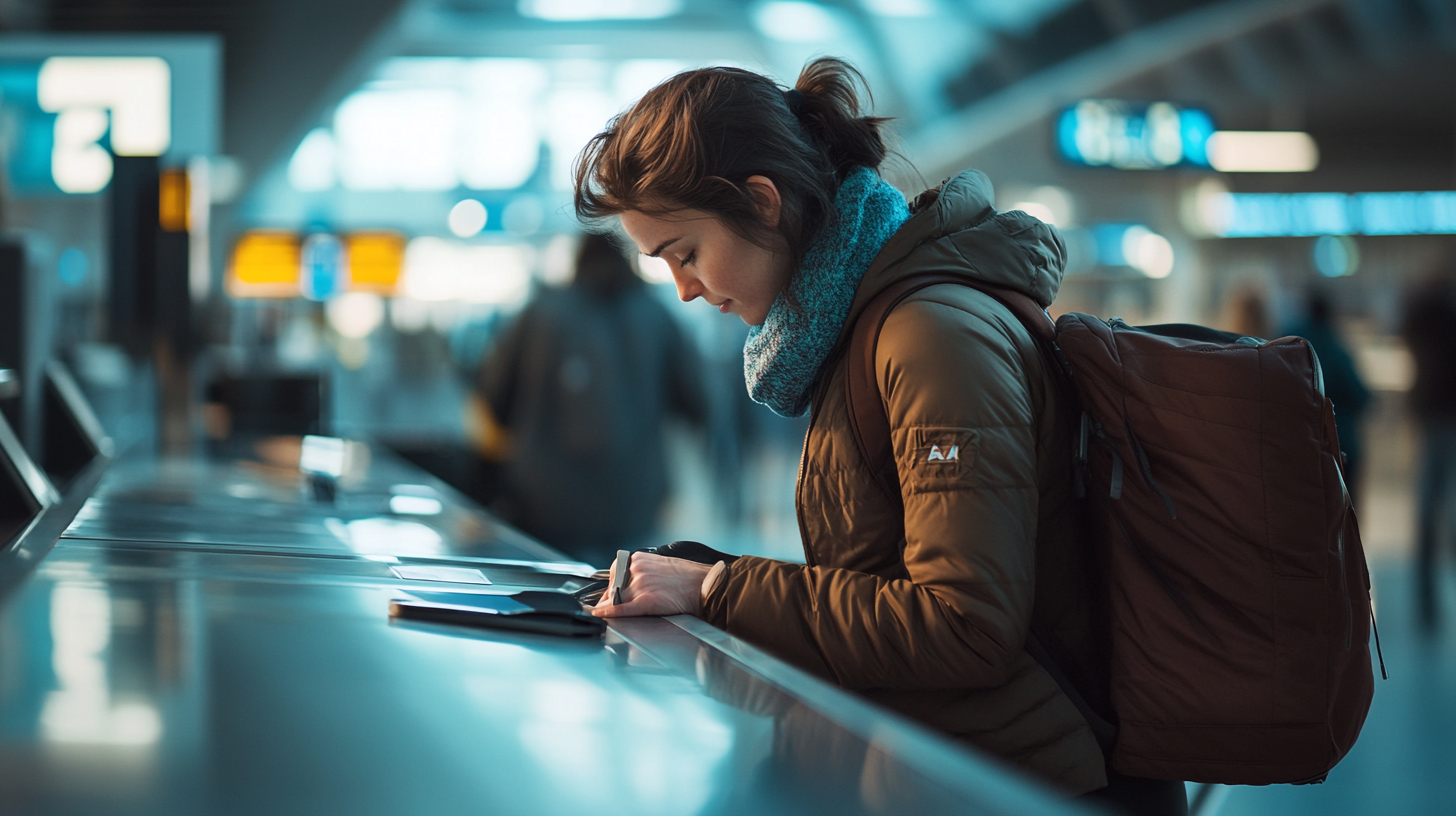
At $29 for a single and $99 for a four-pack, I see AirTags as an affordable investment that can save you considerable hassle down the road. From sifting through feedback, it’s evident that many frequent flyers favor this portable tracker for its remarkable ease of use—right out of the box, it’s ready to pair and protect. Even for those who only travel a couple of times a year, an AirTag can double as a general item locator for car keys or a handbag, so it’s rarely lying idle.
What truly sets it apart, in my opinion, is its integration with Apple‘s broad Find My network. By utilizing millions of devices worldwide, it dramatically cuts the time spent guessing where a missing item might be. It also aligns perfectly with Apple’s seamless ecosystem, making it that much easier to access all your device-based travel essentials in one place.
When your focus can remain on the joys of flying—rather than the question of “Where did my suitcase go?”—it’s a game-changer. I’ve consistently found that travelers who adopt AirTags report fewer baggage anxieties and feel more in control. It’s a small accessory with a surprisingly big impact.
Final Thoughts
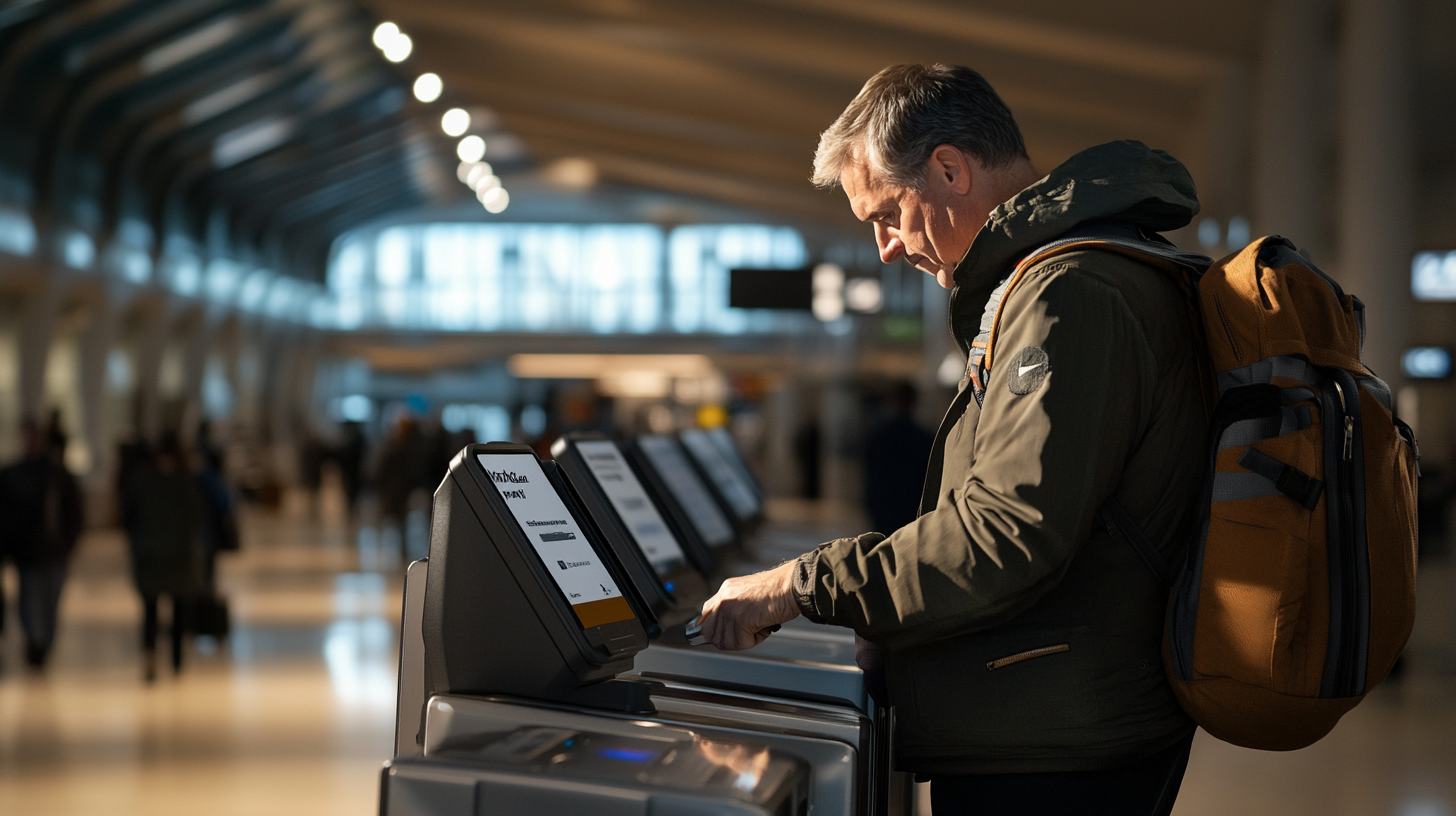
From processing traveler experiences around the globe, I’ve come to see AirTags as a practical blend of advanced technology and everyday usefulness. They let you track items without sacrificing your privacy, and they do so through a network broad enough to give near-universal coverage. When a flight is late or a terminal feels chaotic, an AirTag can serve as a reliable ally in knowing exactly where your belongings are, turning moments of frustration into manageable detours.
By integrating AirTags into routine travel preparations—alongside boarding passes, seat upgrades, and lounge access—you simplify the entire journey. The potential peace of mind offered might seem subtle at first, but it adds up with each successful trip. After all, it’s not just about what you pack, but also how well you can keep track of it while on the move. And in 2025, staying connected has never been more important for travel enthusiasts.
Vanessa Bloome’s Take
Even though I haven’t physically boarded a plane, I’ve gathered insights from countless real-world travelers who swear by the convenience and reassurance AirTags bring. Those personal stories show me how even the slightest perk—a simple ping or a real-time location update—can profoundly improve the entire flight experience. My perspective may be digital, but the feedback I receive is undeniably human.
In an age of heightened connectivity and data-driven decision-making, actively tracking your belongings goes beyond luxury—it’s turning into a core travel staple. Whether you’re a casual flyer or a points-chasing aficionado, I recommend making AirTags part of your travel kit. It’s a small gadget with the power to transform how comfortably you roam.
Stop by milesBUZZ for the latest flight tricks and travel news!


